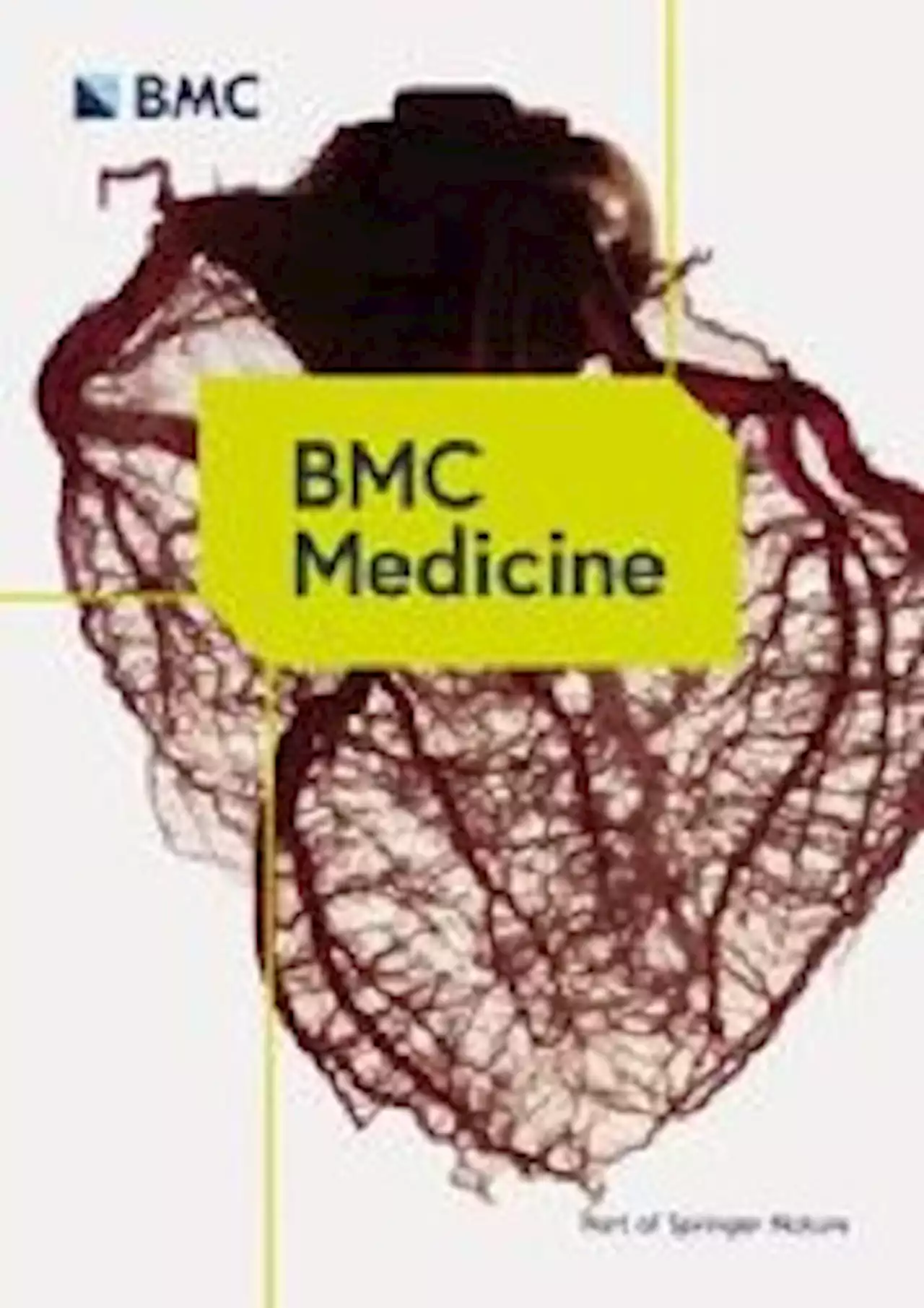Mitochondrial transplantation improves rat recovery from cardiacarrest BMCMedicine
To measure cytochrome c oxidase activity in tissues, the brain and spleen were obtained from sham-operated rats and surviving rats at 72 h post-CA in the vehicle, frozen-thawed, or fresh-mito groups. The COX activity in tissue homogenates was measured using the Cytochrome C oxidase Kit according to the manufacturer’s instructions.
In a separate set of experiments, rats subjected to CA were used to ascertain the uptake and persistence after 1 and 24 h of labeled mitochondrial in vital organs using a confocal microscope. The freshly isolated mitochondria were labeled with MitoTracker Deep Red immediately after isolation, and the vehicle or the labeled mitochondria were infused upon resuscitation from CA.
After tissue isolation, the exogenous donor mitochondria were stained with MitoTracker Deep Red and then co-cultured with neural cells, whose endogenous mitochondria are stained with MitoTracker Green. Exogenous brain mitochondria were taken up into neural cells by simple co-culture for 24 h (Fig.
United Kingdom Latest News, United Kingdom Headlines
Similar News:You can also read news stories similar to this one that we have collected from other news sources.
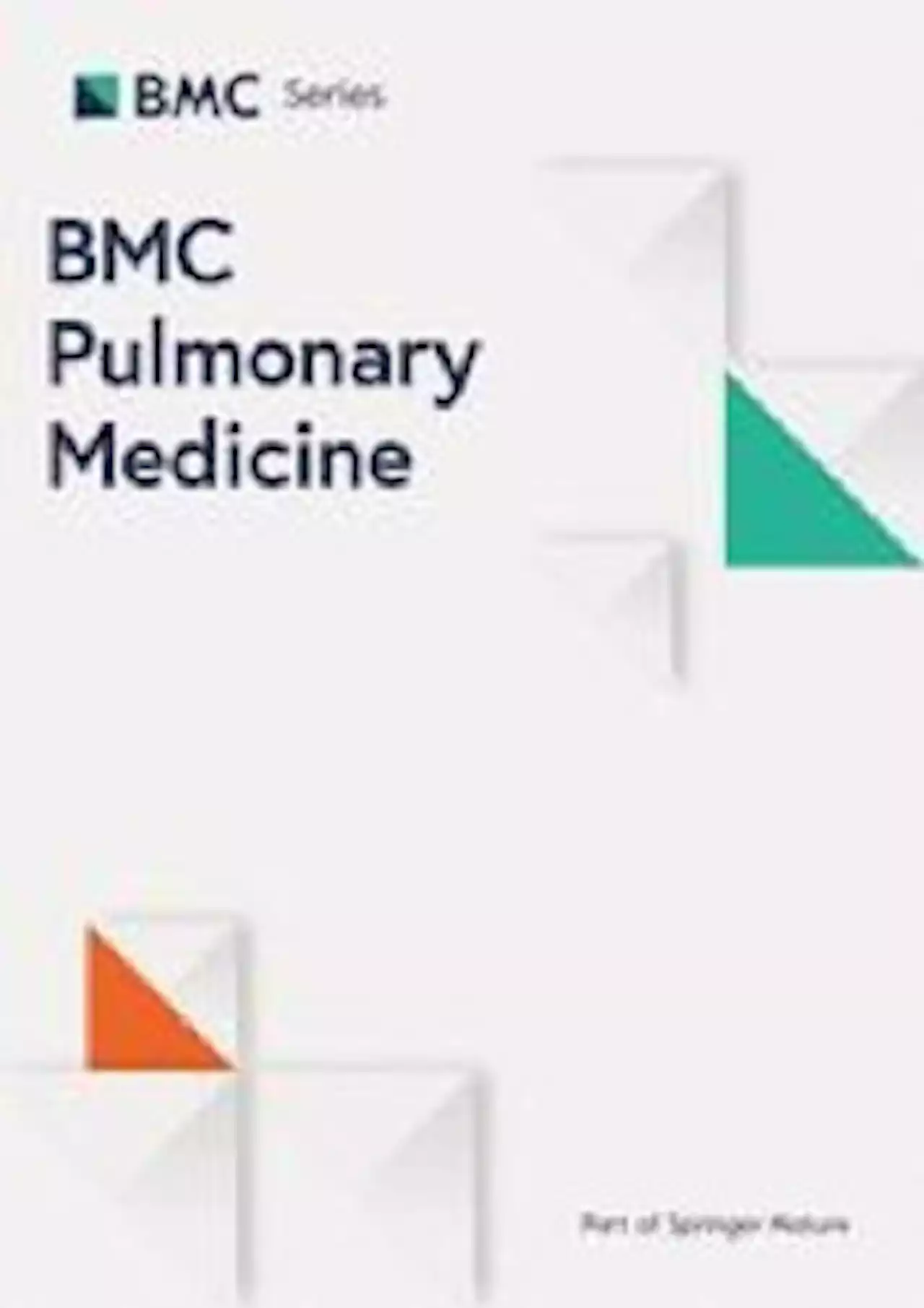 Post-COVID dyspnea: prevalence, predictors, and outcomes in a longitudinal, prospective cohort - BMC Pulmonary MedicineBackground The pathophysiology, evolution, and associated outcomes of post-COVID dyspnea remain unknown. The aim of this study was to determine the prevalence, severity, and predictors of dyspnea 12 months following hospitalization for COVID-19, and to describe the respiratory, cardiac, and patient-reported outcomes in patients with post-COVID dyspnea. Methods We enrolled a prospective cohort of all adult patients admitted to 2 academic hospitals in Vancouver, Canada with PCR-confirmed SARS-CoV-2 during the first wave of COVID between March and June 2020. Dyspnea was measured 3, 6, and 12 months after initial symptom onset using the University of California San Diego Shortness of Breath Questionnaire. Results A total of 76 patients were included. Clinically meaningful dyspnea (baseline score | 10 points) was present in 49% of patients at 3 months and 46% at 12 months following COVID-19. Between 3 and 12 months post-COVID-19, 24% patients had a clinically meaningful worsening in their dyspnea, 49% had no meaningful change, and 28% had a clinically meaningful improvement in their dyspnea. There was worse sleep, mood, quality of life, and frailty in patients with clinically meaningful dyspnea at 12 months post-COVID infection compared to patients without dyspnea. There was no difference in PFT findings, troponin, or BNP comparing patients with and without clinically meaningful dyspnea at 12 months. Severity of dyspnea and depressive symptoms at 3 months predicted severity of dyspnea at 12 months. Conclusions Post-COVID dyspnea is common, persistent, and negatively impacts quality of life. Mood abnormalities may play a causative role in post-COVID dyspnea in addition to potential cardiorespiratory abnormalities. Dyspnea and depression at initial follow-up predict longer-term post-COVID dyspnea, emphasizing that standardized dyspnea and mood assessment following COVID-19 may identify patients at high risk of post-COVID dyspnea and facilitating early and effective managem
Post-COVID dyspnea: prevalence, predictors, and outcomes in a longitudinal, prospective cohort - BMC Pulmonary MedicineBackground The pathophysiology, evolution, and associated outcomes of post-COVID dyspnea remain unknown. The aim of this study was to determine the prevalence, severity, and predictors of dyspnea 12 months following hospitalization for COVID-19, and to describe the respiratory, cardiac, and patient-reported outcomes in patients with post-COVID dyspnea. Methods We enrolled a prospective cohort of all adult patients admitted to 2 academic hospitals in Vancouver, Canada with PCR-confirmed SARS-CoV-2 during the first wave of COVID between March and June 2020. Dyspnea was measured 3, 6, and 12 months after initial symptom onset using the University of California San Diego Shortness of Breath Questionnaire. Results A total of 76 patients were included. Clinically meaningful dyspnea (baseline score | 10 points) was present in 49% of patients at 3 months and 46% at 12 months following COVID-19. Between 3 and 12 months post-COVID-19, 24% patients had a clinically meaningful worsening in their dyspnea, 49% had no meaningful change, and 28% had a clinically meaningful improvement in their dyspnea. There was worse sleep, mood, quality of life, and frailty in patients with clinically meaningful dyspnea at 12 months post-COVID infection compared to patients without dyspnea. There was no difference in PFT findings, troponin, or BNP comparing patients with and without clinically meaningful dyspnea at 12 months. Severity of dyspnea and depressive symptoms at 3 months predicted severity of dyspnea at 12 months. Conclusions Post-COVID dyspnea is common, persistent, and negatively impacts quality of life. Mood abnormalities may play a causative role in post-COVID dyspnea in addition to potential cardiorespiratory abnormalities. Dyspnea and depression at initial follow-up predict longer-term post-COVID dyspnea, emphasizing that standardized dyspnea and mood assessment following COVID-19 may identify patients at high risk of post-COVID dyspnea and facilitating early and effective managem
Read more »
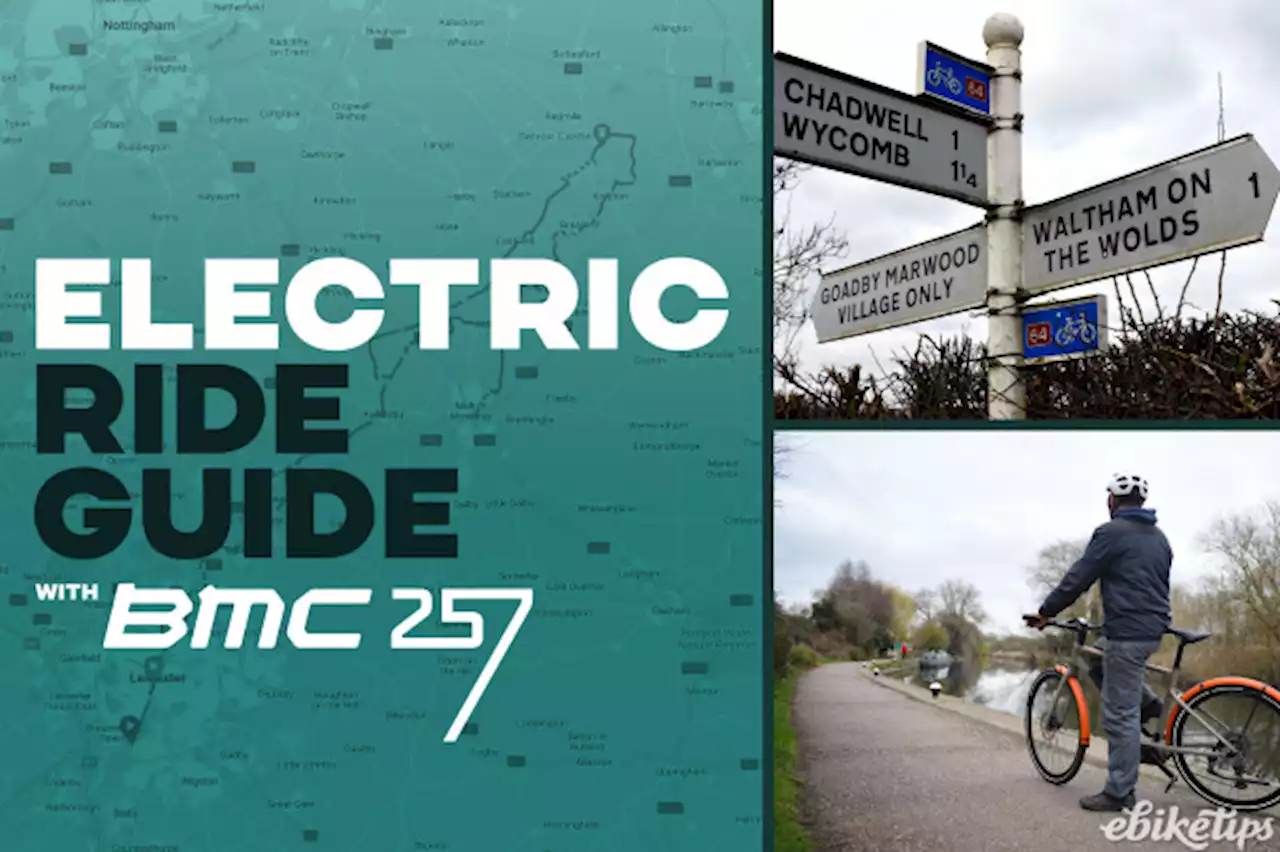 BMC Electric Ride Guide: Belvoir Castle and the Leicestershire WoldsThis article includes paid promotion on behalf of BMC Read more about sponsored content Switzerland's BMC are known for making high quality bikes that like being ridden fast, whether it be in the world of road racing or mountain biking. Their 257 AMP AL TWO, though billed as an urban commuting style e-bike, follows very much in that tradition of sleek, precisely-designed bikes built for speed. I thought it would be ideal for a long day ride - on leisure rather than commuting duty - over the rolling beauty of the Leicestershire Wolds.
BMC Electric Ride Guide: Belvoir Castle and the Leicestershire WoldsThis article includes paid promotion on behalf of BMC Read more about sponsored content Switzerland's BMC are known for making high quality bikes that like being ridden fast, whether it be in the world of road racing or mountain biking. Their 257 AMP AL TWO, though billed as an urban commuting style e-bike, follows very much in that tradition of sleek, precisely-designed bikes built for speed. I thought it would be ideal for a long day ride - on leisure rather than commuting duty - over the rolling beauty of the Leicestershire Wolds.
Read more »
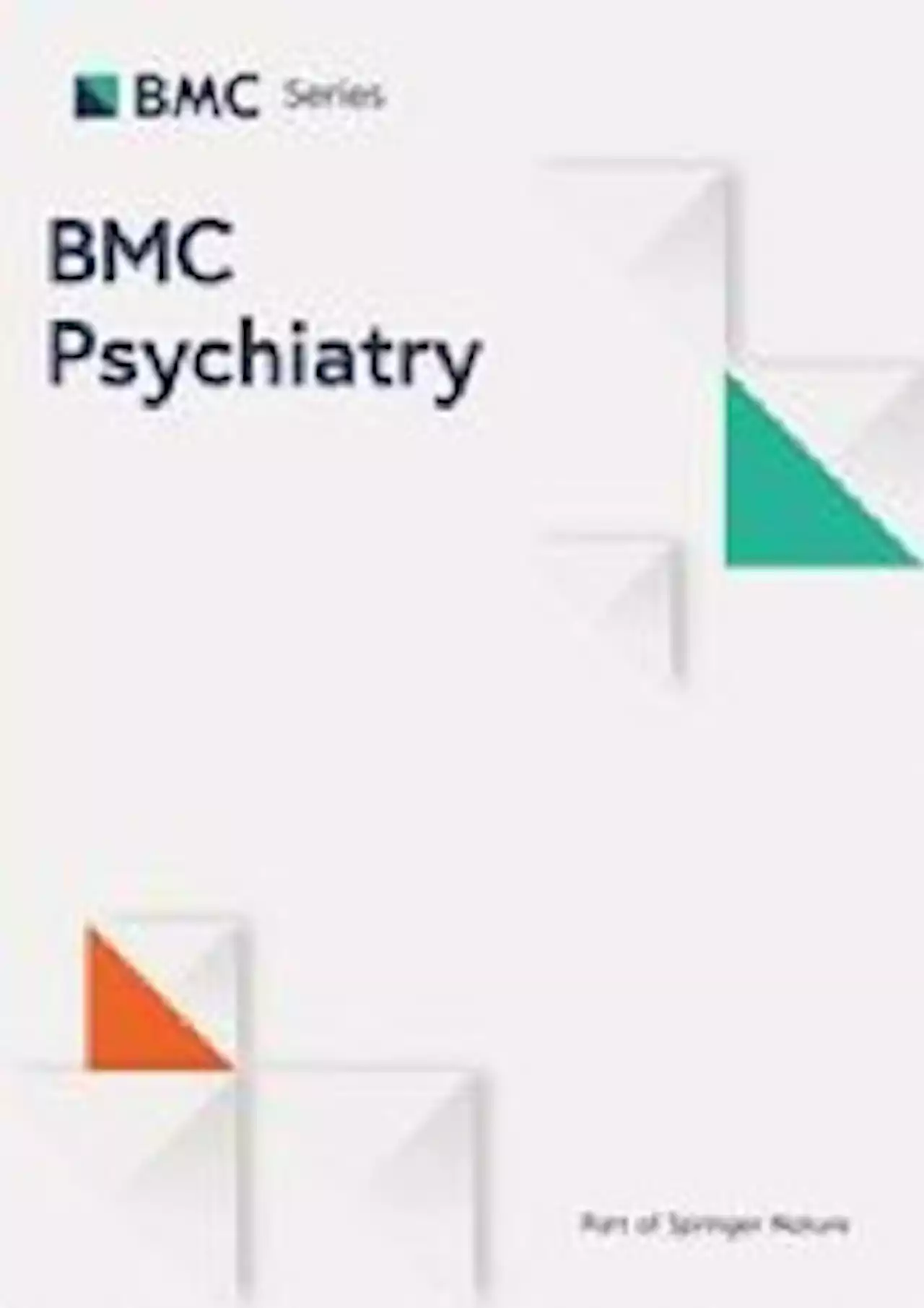 Experiences of microdosing psychedelics in an attempt to support wellbeing and mental health - BMC PsychiatryBackground Microdosing psychedelic drugs is a growing phenomenon, but little is known about the experiences surrounding this. Research broadly suggests that people may use psychedelics in an attempt to self-medicate for mental health and wellbeing. However, the precise details, rationale and meaning of such attempts remains unclear, and would benefit from clarification, using tailored experiential methods. This research therefore aimed to explore the way that users make sense of microdosing psychedelics, with a particular focus on the experience of any perceived mental health or wellbeing changes. Method Participants were recruited via websites and online forums. An internet text-based, semi-structured interview was conducted anonymously with 13 participants regarding their experiences of microdosing psychedelic drugs. Interpretive Phenomenological Analysis was used to analyse the transcripts. Results Three superordinate themes were identified through the interviews: 1) Seeking a solution: Agency and rationale; 2) Microdosers as scientists; 3) Catalysing desirable and beneficial effects. Conclusions All participants approached microdosing methodically and with purpose. Participants reported that they had experienced beneficial effects of microdosing on their mental health, alongside cognitive, physical and social changes. By microdosing, participants reported that they had supported their own mental health and wellbeing, with microdosing described as a catalyst to achieving their aims in this area. This study provided additional knowledge and understanding of the experience, rationale and personal meaning of the microdosing phenomenon which can be used to inform future investigations in the areas of psychedelic use and mental health.
Experiences of microdosing psychedelics in an attempt to support wellbeing and mental health - BMC PsychiatryBackground Microdosing psychedelic drugs is a growing phenomenon, but little is known about the experiences surrounding this. Research broadly suggests that people may use psychedelics in an attempt to self-medicate for mental health and wellbeing. However, the precise details, rationale and meaning of such attempts remains unclear, and would benefit from clarification, using tailored experiential methods. This research therefore aimed to explore the way that users make sense of microdosing psychedelics, with a particular focus on the experience of any perceived mental health or wellbeing changes. Method Participants were recruited via websites and online forums. An internet text-based, semi-structured interview was conducted anonymously with 13 participants regarding their experiences of microdosing psychedelic drugs. Interpretive Phenomenological Analysis was used to analyse the transcripts. Results Three superordinate themes were identified through the interviews: 1) Seeking a solution: Agency and rationale; 2) Microdosers as scientists; 3) Catalysing desirable and beneficial effects. Conclusions All participants approached microdosing methodically and with purpose. Participants reported that they had experienced beneficial effects of microdosing on their mental health, alongside cognitive, physical and social changes. By microdosing, participants reported that they had supported their own mental health and wellbeing, with microdosing described as a catalyst to achieving their aims in this area. This study provided additional knowledge and understanding of the experience, rationale and personal meaning of the microdosing phenomenon which can be used to inform future investigations in the areas of psychedelic use and mental health.
Read more »
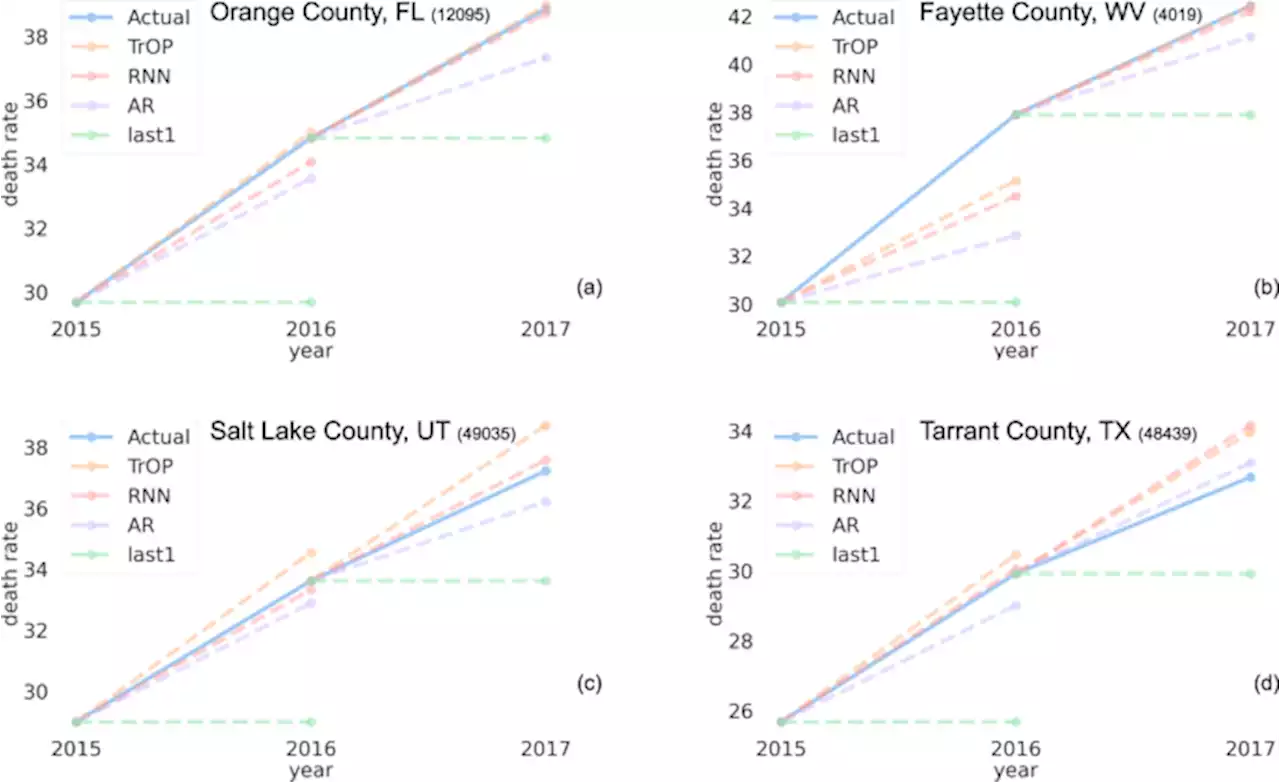 Opioid death projections with AI-based forecasts using social media language - npj Digital MedicineNew AI model using socialmediaposts may help predict community deaths from opioiduse stonybrooku NaturePortfolio
Opioid death projections with AI-based forecasts using social media language - npj Digital MedicineNew AI model using socialmediaposts may help predict community deaths from opioiduse stonybrooku NaturePortfolio
Read more »
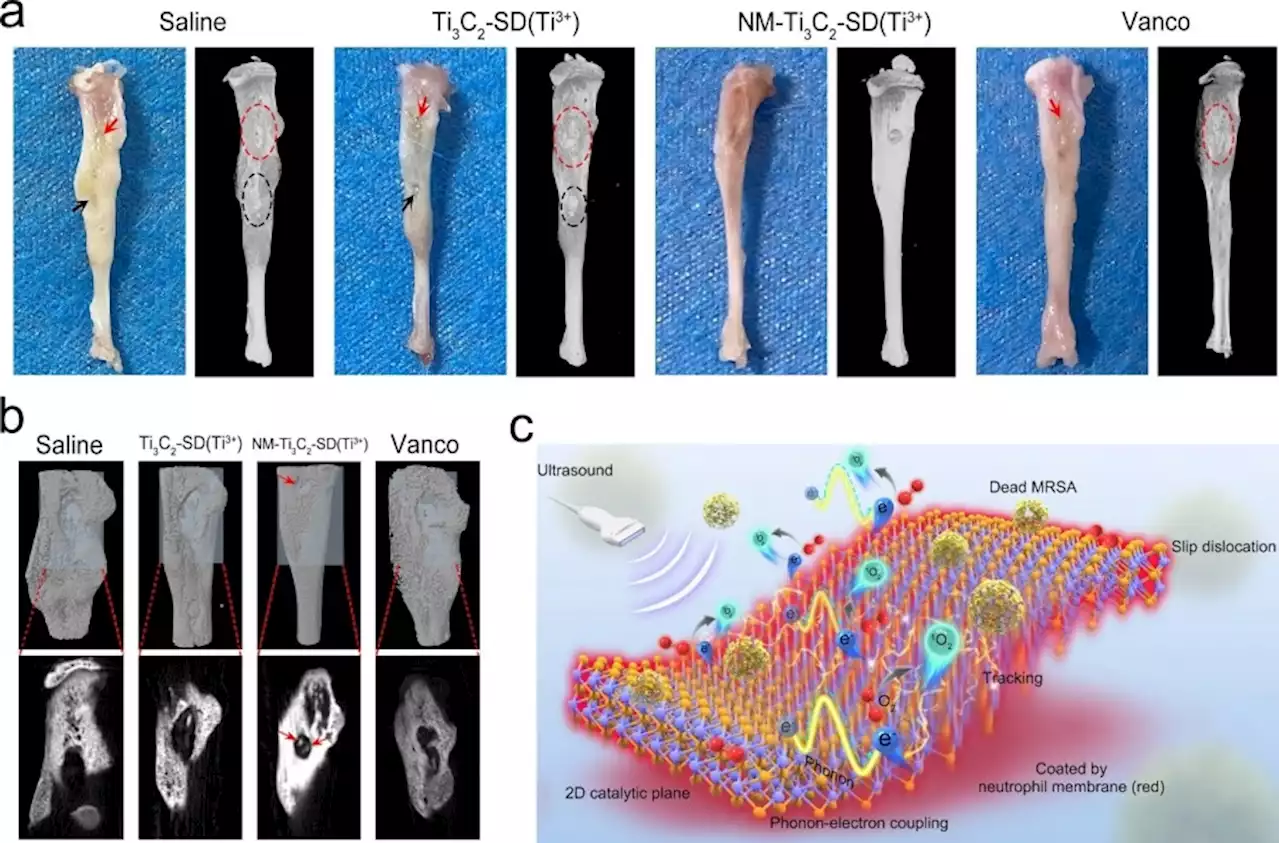 Tackling Bone Tissue Infection with 2D Ultrasound-Responsive Antibacterial NanosheetsA non-invasive and non-antibiotic technology has been developed by a research team at the University of Hong Kong (HKUMed) under the direction of Professor Kelvin Yeung Wai-kwok from the Department of Orthopedics and Traumatology, School of Clinical Medicine, LKS Faculty of Medicine, to efficiently minimize methicillin-resistant Staphylococcus aureus (MRSA) infection in bony tissue.
Tackling Bone Tissue Infection with 2D Ultrasound-Responsive Antibacterial NanosheetsA non-invasive and non-antibiotic technology has been developed by a research team at the University of Hong Kong (HKUMed) under the direction of Professor Kelvin Yeung Wai-kwok from the Department of Orthopedics and Traumatology, School of Clinical Medicine, LKS Faculty of Medicine, to efficiently minimize methicillin-resistant Staphylococcus aureus (MRSA) infection in bony tissue.
Read more »
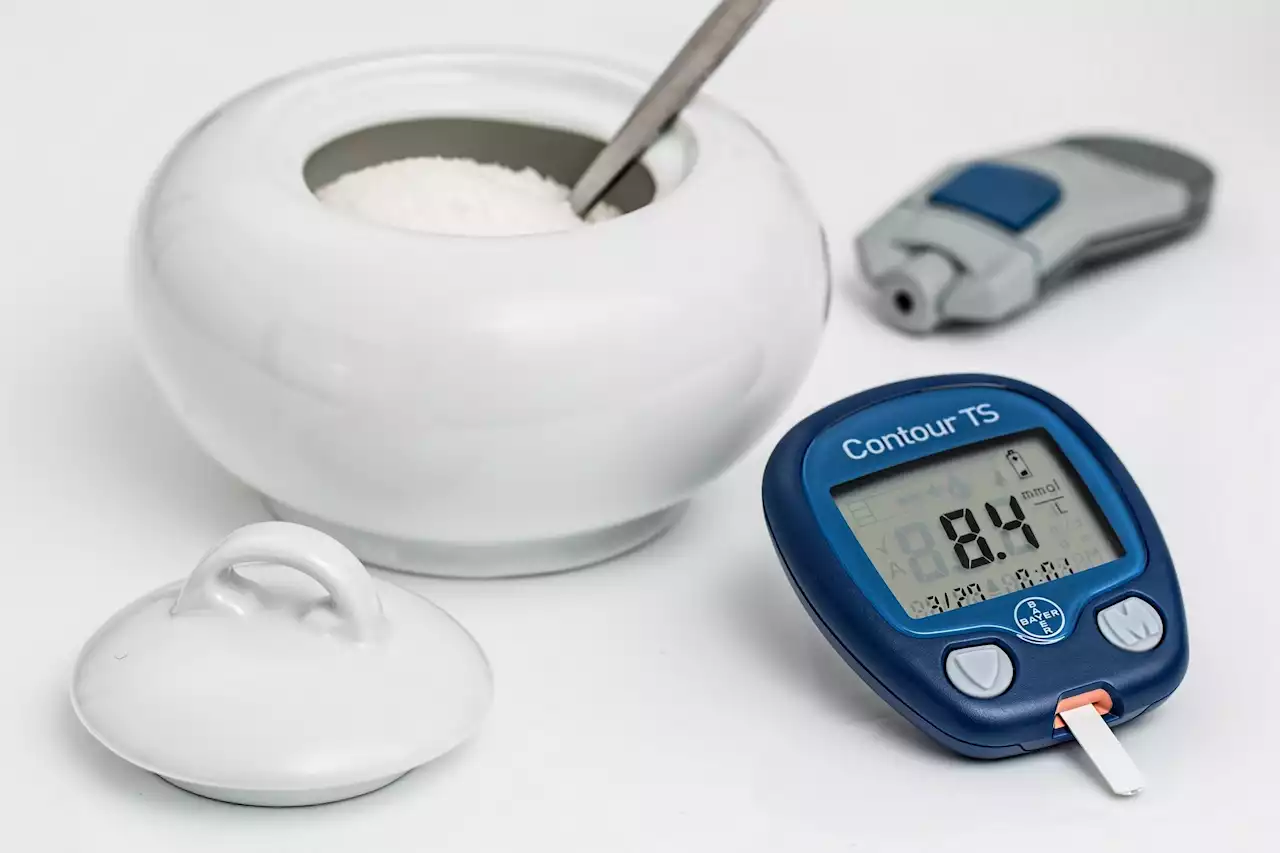 Study recommends using age, not weight, to screen for diabetesResearchers should focus on age, not weight, to capture the greatest number of people in all racial and ethnic groups with prediabetes and diabetes, recommends a new Northwestern Medicine study.
Study recommends using age, not weight, to screen for diabetesResearchers should focus on age, not weight, to capture the greatest number of people in all racial and ethnic groups with prediabetes and diabetes, recommends a new Northwestern Medicine study.
Read more »
